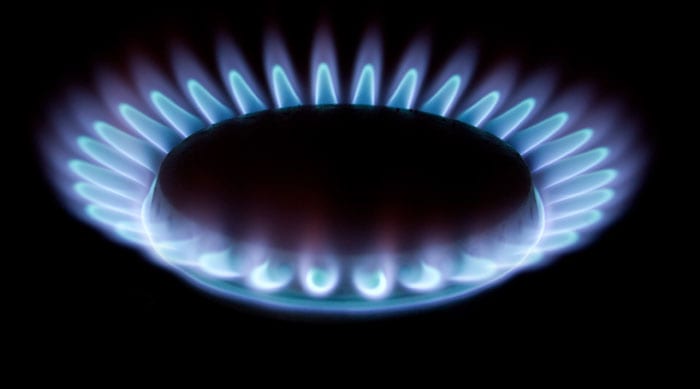Renewable gas injected into Ireland’s network
Gas Networks Ireland has confirmed that locally produced renewable gas has been successfully injected into Ireland's gas network for the first time.
19th August 2019 by Networks

The renewable gas enters the network at Ireland’s only purpose built injection facility in Cush Co. Kildare and represents the first step in Gas Networks Ireland’s plan to roll out a network of renewable gas injection facilities across the country.
The planning application for a second gas injection facility, in Mitchelstown, Co. Cork, has been submitted to Cork County Council. This large-scale central grid injection facility is part of Gas Networks Ireland’s GRAZE (Green Renewable Agricultural & Zero Emissions) gas project. The project is valued at €28 million, with €8.5m in grant funding support from the Department of Communications, Climate Action and Environment’s Climate Action Fund.
The Mitchelstown facility will have the capacity to support up to 20 farm-based agri-anaerobic digestion biomethane plants within a 50km radius. Once operational, renewable gas will be sourced from local farms and will provide enough energy to heat 54,000 homes.
Managing director of Gas Networks Ireland, Denis O’Sullivan, said: “Ireland’s challenge is to decarbonise in the most efficient way possible. Renewable gas is a key pillar in our plan to fully decarbonise the gas network by 2050 through a combination of renewable gas, carbon capture and storage (CCS) and hydrogen.
“We envisage that renewable gas will contribute 20% of the total gas demand by 2030 equating to 11.5 TWh of renewable gas, sufficient to decarbonise the heating needs of one million homes.”
Renewable gas, often referred to as biomethane, is a clean, renewable and carbon neutral fuel.
The recently published Climate Action Plan outlines the government’s commitment to set a target for renewable gas on the network by 2030 before the end of the year and to investigate the supports required to fund meeting this target. The Plan also calls for an increase in the number of Compressed Natural Gas (CNG) refuelling stations which will utilise renewable gas to provide a carbon neutral fuel to the transport sector.
O’Sullivan added: “We welcome the government recognising the potential and opportunity for renewable gas in the residential market. Production of 20% renewable gas by 2030 would create over 4,000 jobs, mostly in rural communities, and help Government achieve its carbon emissions targets by reducing Ireland’s CO2 emissions by 5.7%.
“As with the production of all renewable energy, renewable gas requires a support mechanism in the form of a guaranteed market price (Feed-in Tariff). Gas Networks Ireland strongly advocates policy support from Government to enable such a measure.
“With essential policy support, renewable gas will be developed by communities and co-operatives all over Ireland. It will be an indigenous fuel source which will give us additional energy security.”
Comments
Login on register to comment
Related content

Gas
Cadent backs launch of major bio-CNG HGV refuelling station
Gas network’s £250,000 infrastructure investment ensures supplies to existing connected customers have not been impacted

Gas
Editor’s blog: The biggest tests of resilience are yet to come
Network content director Jane Gray reflects on the industry's coronavirus response to date and the challenges still to come.

Gas
From the front line: Chris Garside and Andy Simcoe, Northern Gas Networks
Key workers across the power and gas networks are playing a critical role in the national response to Coronavirus. Network has committed to profiling their stories.
Related supplier content

Power
Load patterns and lockdown: how Covid-19 is impacting electricity networks
Insights into dynamics on the low voltage network as the outbreak unfolds

Downloads
Protect electrical equipment from insulation failure
Insulation faults are a major cause leading to the eventual failure of electrical equipment. Partial discharge (PD) is a very reliable indicator of developing insulation faults. Regular PD testing allows users to detect and analyze PD activity

Heat
How E.ON. is helping the City of London become a zero emissions city
Discover Citigen. Deep in the heart of our bustling capital